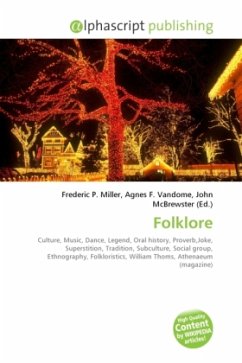Huldufólk, or Hidden People, are a part of Icelandic folklore. Building projects in Iceland are sometimes altered to prevent damaging the rocks where they are believed to live. In 1982, 150 Icelanders went to the NATO base in Keflavík to look for "elves who might be endangered by American phantom jets and Awacs reconaissance planes." In 2004, Alcoa had to have a government expert certify that their chosen building site was free of archaeological sites, includes ones related to huldufólk folklore, before they could build an aluminum smelter in Iceland. Icelandic gardens often feature tiny wooden álfhól (elf houses) for elves/hidden people to live in. Some Icelanders have also built tiny churches to convert elves to Christianity.Ólafur Ragnar Grímsson has explained the existence of huldufólk tales by saying: "Icelanders are few in number, so in the old times we doubled our population with tales of elves and fairies." Hidden people often appear in the significant or prophetic dreamsof Icelanders. They are usually described as wearing nineteenth-century Icelandic clothing,[11] and are often described as wearing green. They are also a part of folklore in the Faroe Islands.
Bitte wählen Sie Ihr Anliegen aus.
Rechnungen
Retourenschein anfordern
Bestellstatus
Storno








